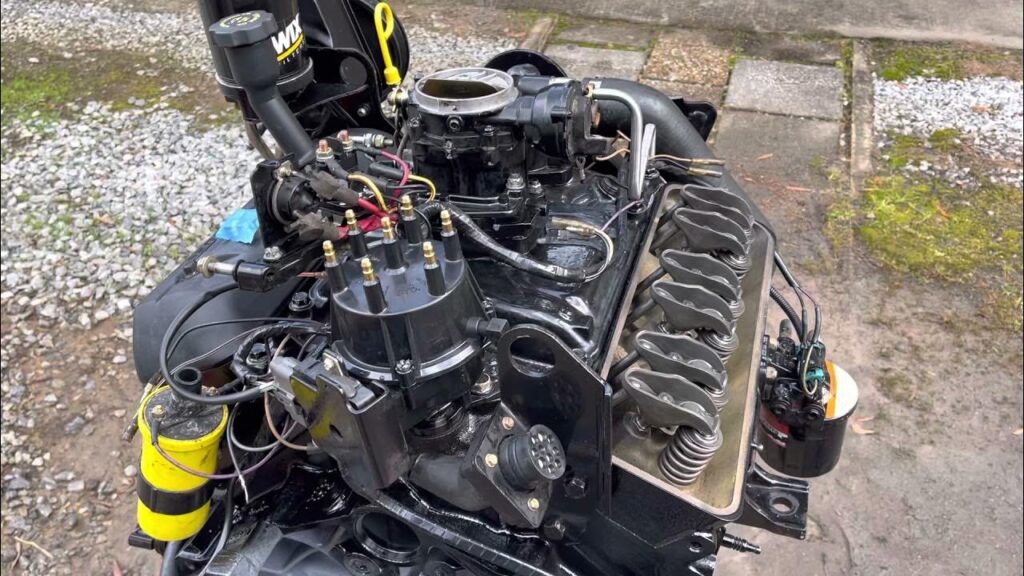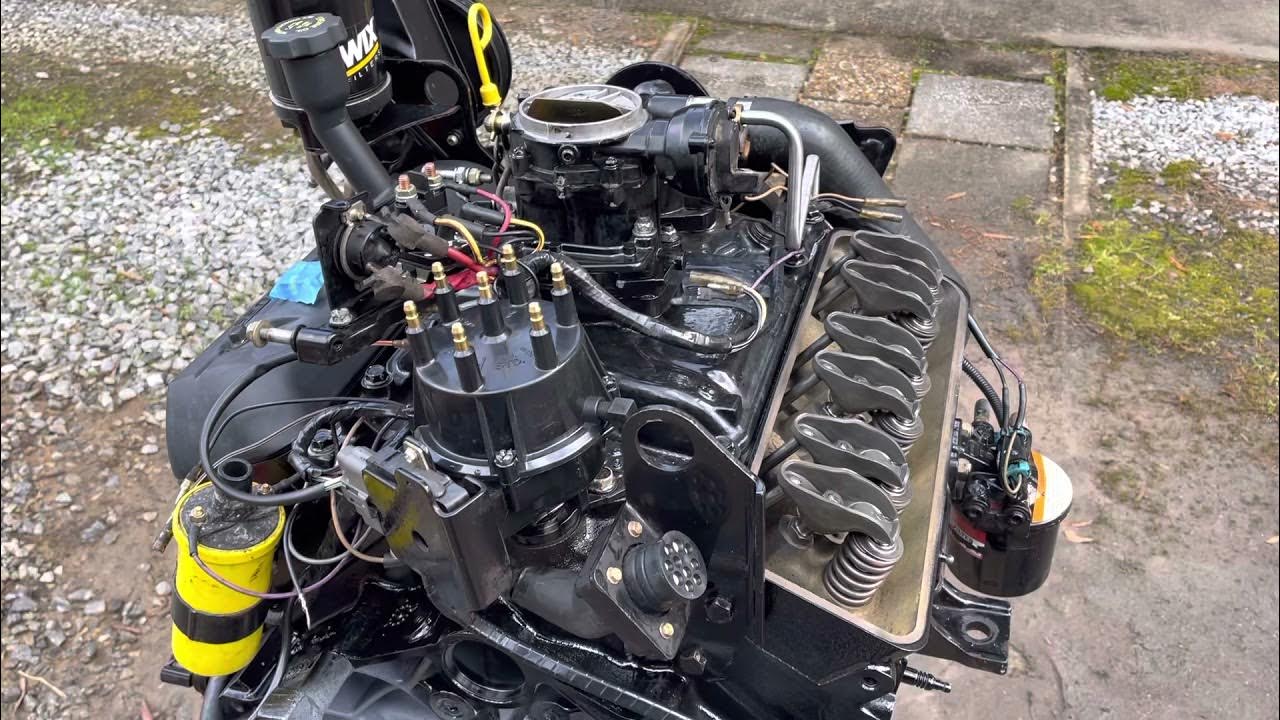
Understanding the 4.3 Distributor Cap: Function, Maintenance, and Troubleshooting
The 4.3 distributor cap is a crucial component in the ignition system of many vehicles, particularly those equipped with the 4.3-liter engine. This component plays a vital role in distributing high-voltage electricity from the ignition coil to the spark plugs in the correct firing order, ensuring efficient combustion and optimal engine performance. Without a properly functioning 4.3 distributor cap, your vehicle may experience a range of issues, from poor fuel economy to complete engine failure. This article delves into the function of the 4.3 distributor cap, common maintenance procedures, troubleshooting tips, and best practices for ensuring its longevity and reliability.
What is a Distributor Cap and How Does it Work?
The distributor cap is essentially a rotary switching device that sits atop the distributor. Its primary function is to receive high-voltage pulses from the ignition coil and then distribute these pulses to the correct spark plug at the precise moment needed for combustion. The 4.3 distributor cap achieves this through a series of internal contacts, a rotor, and wires leading to each spark plug. The rotor spins inside the cap, making contact with each terminal in sequence, thereby completing the circuit and sending the spark to the appropriate cylinder.
The process is relatively straightforward. The ignition coil generates a high-voltage charge, which is fed into the center of the distributor cap. As the engine turns, the distributor shaft rotates, causing the rotor to spin. As the rotor aligns with each contact inside the 4.3 distributor cap, the high-voltage pulse is sent through the spark plug wire to the corresponding spark plug, igniting the air-fuel mixture in the cylinder.
Why the 4.3 Distributor Cap is Important
The 4.3 distributor cap is more than just a simple component; it is a critical link in the ignition system. Its proper functioning is essential for several reasons:
- Engine Performance: A faulty 4.3 distributor cap can lead to misfires, rough idling, and a noticeable decrease in engine power.
- Fuel Efficiency: Inefficient combustion due to a malfunctioning distributor cap can significantly reduce fuel economy.
- Emissions Control: Poor combustion can result in increased emissions, potentially causing your vehicle to fail emissions tests.
- Engine Longevity: Prolonged misfires can damage other engine components, such as catalytic converters and oxygen sensors.
Common Symptoms of a Failing 4.3 Distributor Cap
Recognizing the symptoms of a failing 4.3 distributor cap can help you address the issue promptly and prevent further damage. Here are some common signs to watch out for:
- Engine Misfires: This is one of the most common symptoms. Misfires occur when one or more cylinders fail to fire properly, leading to a rough-running engine.
- Rough Idling: A failing 4.3 distributor cap can cause the engine to idle roughly, often accompanied by vibrations.
- Hard Starting: Difficulty starting the engine, especially in cold weather, can be a sign of a worn or cracked distributor cap.
- Reduced Fuel Economy: Inefficient combustion can lead to a noticeable decrease in fuel mileage.
- Check Engine Light: A misfire can trigger the check engine light, indicating an issue with the ignition system.
- Visible Cracks or Damage: A visual inspection may reveal cracks, burns, or other damage to the 4.3 distributor cap.
Maintenance and Inspection of the 4.3 Distributor Cap
Regular maintenance and inspection are crucial for ensuring the longevity and reliability of your 4.3 distributor cap. Here are some essential maintenance tips:
- Visual Inspection: Periodically inspect the distributor cap for cracks, burns, or other signs of damage. Pay close attention to the terminals and the area around the center post.
- Cleaning: Clean the terminals inside the 4.3 distributor cap with a small wire brush or contact cleaner to remove any corrosion or buildup.
- Rotor Inspection: Inspect the rotor for cracks, wear, or corrosion. Replace the rotor if it shows any signs of damage.
- Spark Plug Wires: Check the spark plug wires for cracks, breaks, or loose connections. Replace any damaged wires.
- Timing Adjustment: Ensure that the ignition timing is properly adjusted. Incorrect timing can put excessive stress on the distributor cap and other ignition components.
Troubleshooting a Faulty 4.3 Distributor Cap
If you suspect that your 4.3 distributor cap is faulty, there are several troubleshooting steps you can take to diagnose the problem:
- Visual Inspection: Begin with a thorough visual inspection of the 4.3 distributor cap, looking for cracks, burns, or other signs of damage.
- Continuity Test: Use a multimeter to check the continuity between the center post and each terminal inside the distributor cap. A lack of continuity indicates a problem.
- Spark Test: Disconnect one of the spark plug wires and insert a spark tester between the wire and the spark plug. Crank the engine and observe the spark. A weak or nonexistent spark may indicate a problem with the distributor cap or other ignition components.
- Resistance Test: Check the resistance of the spark plug wires using a multimeter. High resistance can indicate a problem with the wires.
- Distributor Cap Replacement: If you suspect that the 4.3 distributor cap is faulty and other troubleshooting steps have not resolved the issue, consider replacing the distributor cap and rotor as a set.
Choosing the Right 4.3 Distributor Cap
When replacing your 4.3 distributor cap, it’s important to choose a high-quality replacement that is specifically designed for your vehicle. Consider the following factors when selecting a new distributor cap:
- Compatibility: Ensure that the distributor cap is compatible with your vehicle’s make, model, and year.
- Material: Look for a distributor cap made from durable, heat-resistant materials.
- Brand Reputation: Choose a reputable brand known for producing high-quality ignition components.
- Warranty: Check the warranty offered by the manufacturer. A longer warranty indicates greater confidence in the product’s quality and durability.
Step-by-Step Guide to Replacing a 4.3 Distributor Cap
Replacing a 4.3 distributor cap is a relatively straightforward process that can be performed by most DIY mechanics. Here’s a step-by-step guide:
- Gather Your Tools: You’ll need a socket set, a screwdriver, a spark plug wire puller, and a new distributor cap and rotor.
- Disconnect the Battery: Disconnect the negative battery cable to prevent electrical shock.
- Remove the Old Distributor Cap: Disconnect the spark plug wires from the old distributor cap, labeling each wire to ensure proper reconnection. Remove the hold-down screws or clips and lift off the distributor cap.
- Inspect the Rotor: Inspect the rotor for cracks, wear, or corrosion. Replace the rotor if necessary.
- Install the New Rotor: If replacing the rotor, align the new rotor with the distributor shaft and press it into place.
- Install the New Distributor Cap: Align the new distributor cap with the distributor housing and secure it with the hold-down screws or clips.
- Reconnect the Spark Plug Wires: Reconnect the spark plug wires to the new distributor cap, ensuring that each wire is connected to the correct terminal.
- Reconnect the Battery: Reconnect the negative battery cable.
- Start the Engine: Start the engine and check for any misfires or other issues.
The Importance of Regular Maintenance
Maintaining your vehicle’s ignition system, including the 4.3 distributor cap, is essential for ensuring optimal performance, fuel efficiency, and engine longevity. Regular maintenance can help prevent costly repairs and keep your vehicle running smoothly for years to come. A properly maintained 4.3 distributor cap contributes to a healthy ignition system, leading to better overall vehicle performance.
Ignoring the maintenance needs of your 4.3 distributor cap can lead to a cascade of problems. Early detection and timely replacement of worn or damaged components can save you time, money, and frustration in the long run. Make it a habit to inspect your distributor cap regularly and address any issues promptly.
Conclusion
The 4.3 distributor cap is a vital component in the ignition system of many vehicles, playing a crucial role in distributing high-voltage electricity to the spark plugs. Understanding its function, recognizing the symptoms of a failing distributor cap, and performing regular maintenance are essential for ensuring optimal engine performance and reliability. By following the tips and guidelines outlined in this article, you can keep your 4.3 distributor cap in top condition and enjoy years of trouble-free driving. Don’t underestimate the importance of this small but mighty component; a healthy 4.3 distributor cap means a healthy and efficient engine.
[See also: Symptoms of a Bad Distributor]
[See also: How to Replace a Distributor Cap]
[See also: Troubleshooting Ignition Problems]

